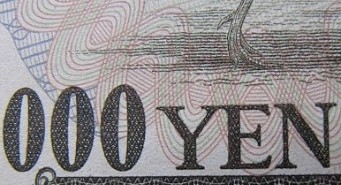The final GDP report for Q1 showed that the Japanese economy economy grew by 1% q/q, much better than 0.6% originally reported. Year over year, a solid rate of 3.9% was printed, far better than 2.8% predicted.
The strong growth rate is certainly encouraging for the Japanese economy but does not go hand in hand with the absolute lack of inflation, which is the BOJ’s mandate. What will the central bank do? How will the yen react?
When removing the impact of inflation on GDP, aka nominal GDP, the numbers also good: 2.3% q/q. Also business spending is on the up, with +2.7%.
In theory, an economy that is running on all cylinders and heating up should eventually produce price pressures and inflation. BOJ governor Kuroda had a goal of reaching 2% inflation within 2 years. He is already in office for 2 years and 2 months, and inflation remains elusive.
So, will he enact more stimulus in order to reach the target? Or will the upbeat GDP figures lead him and his colleagues to wait, as higher inflation is already underway?
It’s more likely than not that we will not see immediate further action. USD/JPY has moved one leg higher: from 118-120 to around 125. This should provide further stimulus to the economy and to inflation in Q2.
Further action by the BOJ would trigger more volatility, and there is no lack of volatility at the moment.
All in all, factoring GDP and the exchange rate, there is no need for action. However, if some kind of safe haven flows strengthen the yen too rapidly, we might hear from the BOJ and other officials in Tokyo – a precursor to monetary stimulus.
More: USD/JPY weekly forecast.
